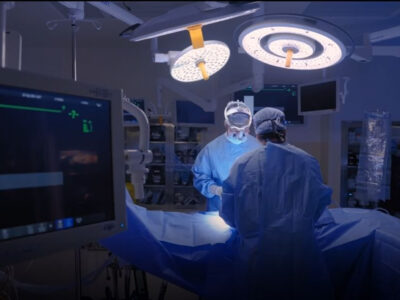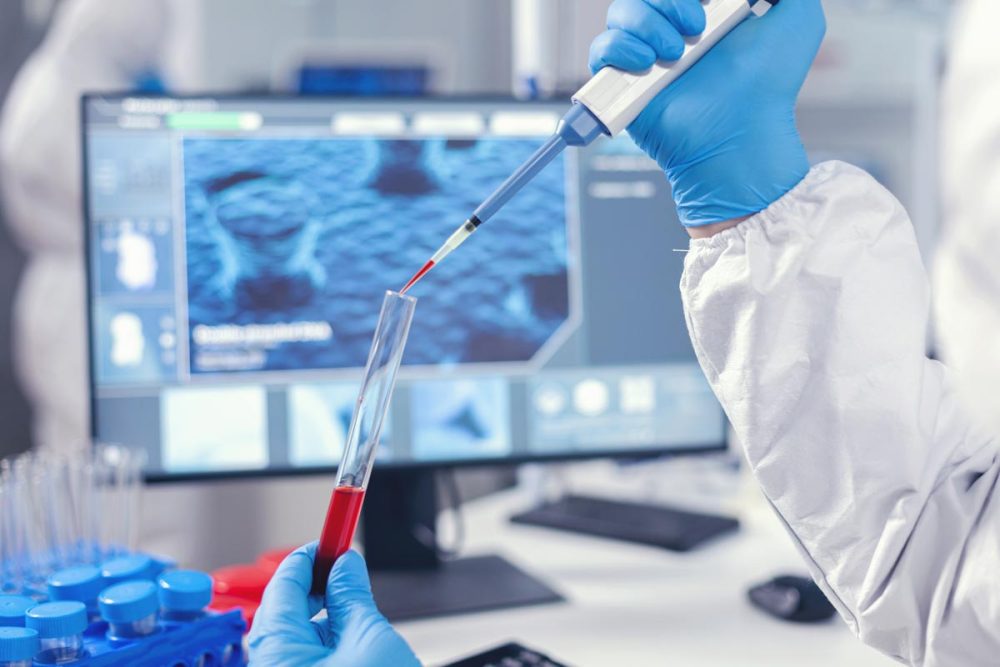The Ministry of Health and Prevention (MoHAP) revealed four new cases of monkeypox in the UAE on Tuesday, 1 June.
The ministry’s announcement reiterates the UAE health authorities’ policy on the early detection and monitoring of the disease.
“Monkeypox is a viral disease, but usually a self-limited one, if compared to Covid-19,” the ministry said in a statement to state-run news agency, Wam.
“It’s mostly transmitted to humans through close contact with an infected person or animal, including bodily fluids, and respiratory droplets, or with material contaminated with the virus. It can also be passed to the baby in the womb.”
The ministry urged all community members to follow appropriate preventive measures and careful precautions while travelling and to stay safer in large crowds and avoid risky behaviours.
It also reassured all community members that the UAE health authorities are taking all necessary measures, including investigation, examination of contacts, and monitoring their health.
Why is it called monkeypox?
Monkeypox was first discovered in 1958 when two outbreaks of a pox-like disease occurred in colonies of monkeys kept for research, according to the US Centers for Disease Control and Prevention.
The first human case of the disease was recorded in 1970, in the Democratic Republic of Congo during a period of intensified effort to eliminate smallpox. Since then the disease has been reported in humans in other central and western African countries.
How does monkeypox spread?
The monkeypox virus is primarily transmitted when a person comes into contact with the virus from an animal, human, or materials contaminated with the virus.
The virus enters the body through broken skin – even if not visible – respiratory tract, or the mucous membranes such as the eyes, nose, or mouth.
Human-to-human transmission is thought to occur primarily through large respiratory droplets. Respiratory droplets generally cannot travel more than a few feet, so prolonged face-to-face contact is required, the US CDC explained.
Animal-to-human transmission may also occur through bites or scratches, bush meat preparation, direct contact with body fluids or lesion material, or indirect contact with lesion material, such as through contaminated bed linen.








